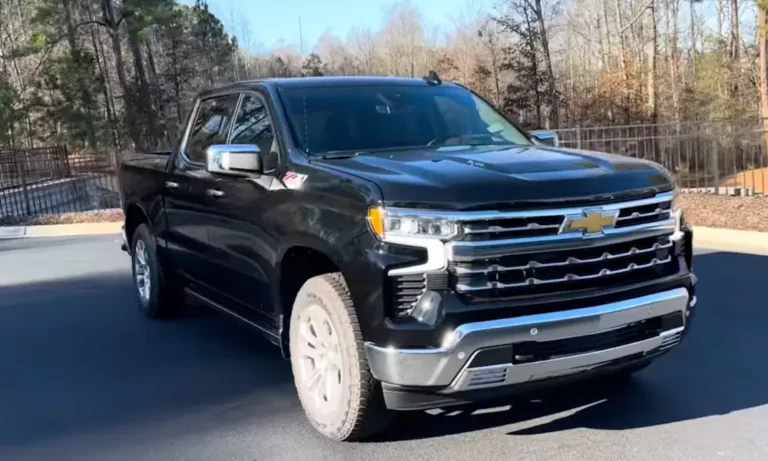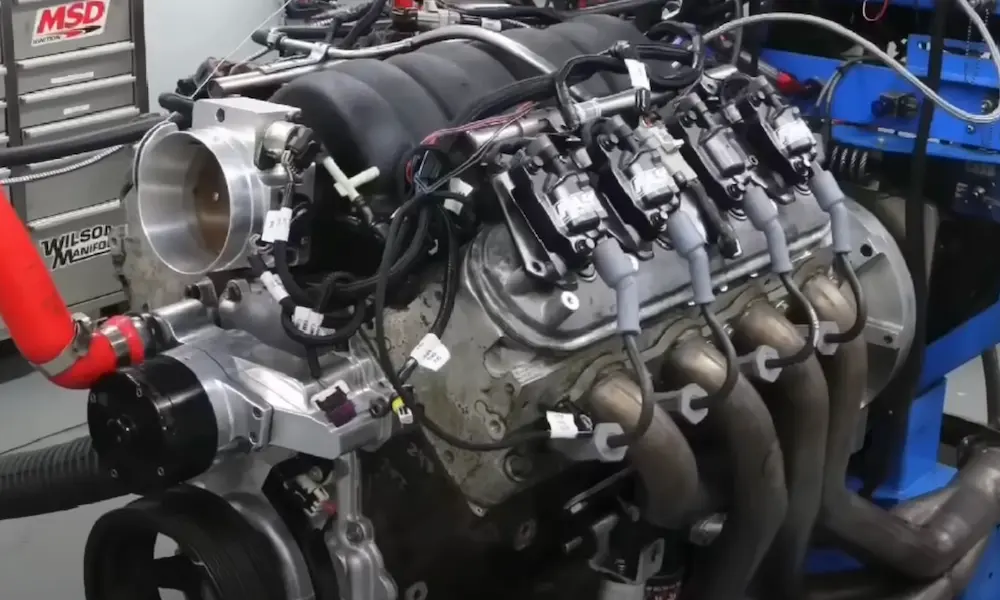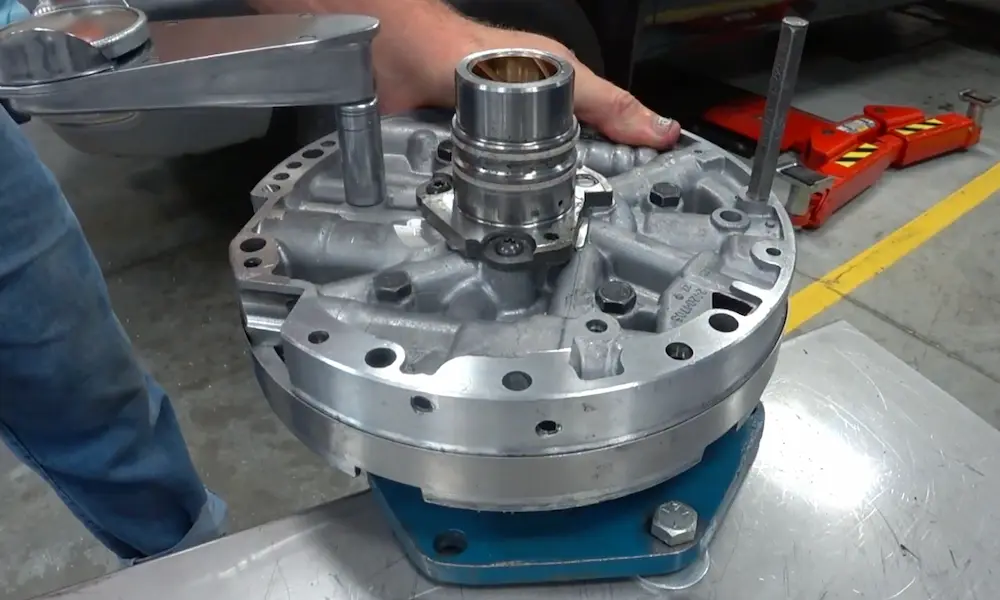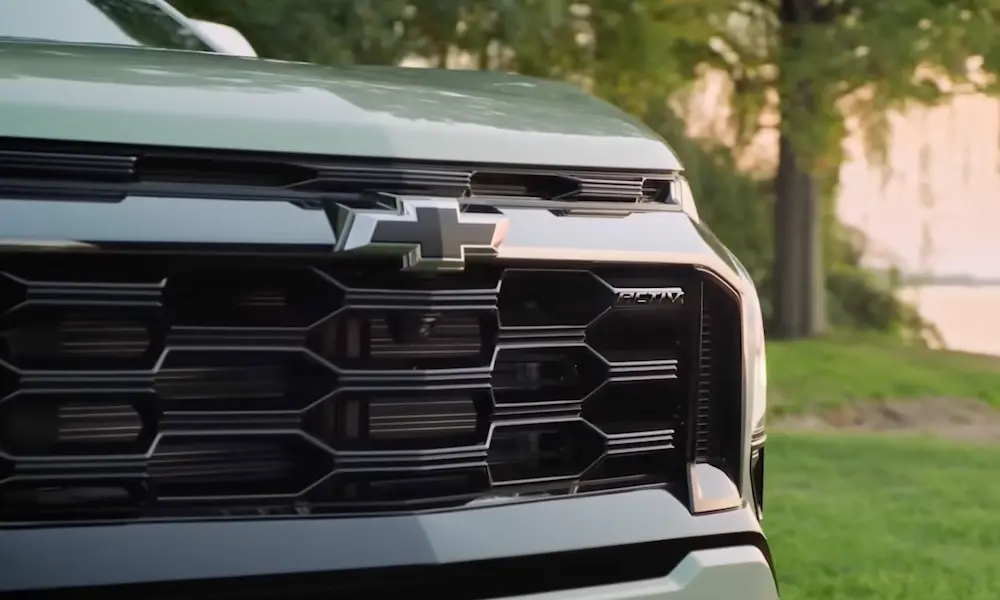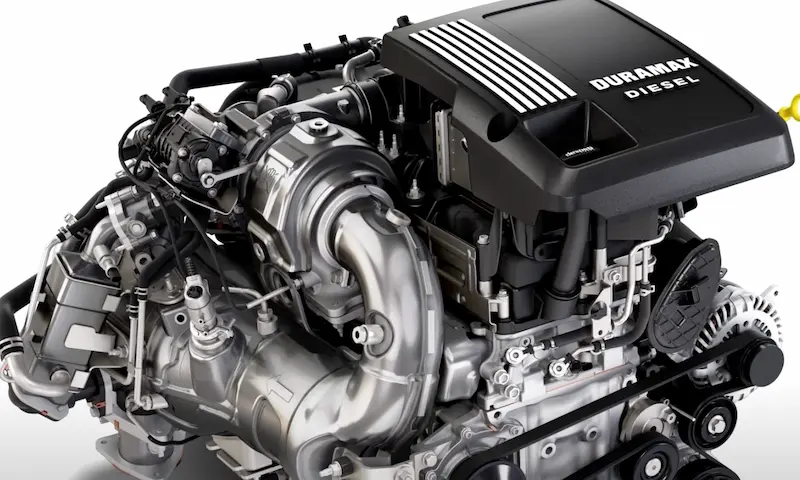Struggling to find the fuel filter location on your Chevrolet Silverado? The fuel filter on most Chevy Silverado models is located inside the fuel tank. Knowing where to look will make your job easier and save you time. Follow along to see steps for getting the job done right and ensure your truck runs smoothly.
Locating the Fuel Filter on Different Chevy Silverado Models
Finding the fuel filter location on a Chevy Silverado depends on whether your truck is a newer model or an older one. Here’s how to identify the placement for both categories.
2005 and Later Models
In 2005 and newer Chevy Silverado models, the fuel filter is typically located inside the fuel tank.
Chevy decided to integrate the fuel filter with the fuel pump. This means the fuel filter is part of the fuel pump assembly, making it a non-replaceable fuel filter for most users. If you need to replace it, you’ll need to replace the entire fuel pump unit.
Professional mechanics or dealerships often handle such replacements.
Older Silverado Models
For older Silverado models, specifically those from 1999 to 2004, the fuel filter is located along the frame rail.
You’ll find it on the driver’s side, near the middle of the truck. The location can vary, so you might need to look along the entire rail.
Make sure to clean the area around the filter before disconnecting any lines to prevent debris from entering the system.
How to Change the Fuel Filter
Changing the fuel filter in your Chevy Silverado is an important maintenance task. This guide will help you understand each step, ensuring you do it safely and correctly for a smooth running engine.
Preparing to Change the Fuel Filter
First, make sure you gather all the materials you need: a new filter, wrenches, rags, and a container to catch any gasoline that spills. Ensure you’re working in a well-ventilated area since gasoline is flammable. Park your truck on a flat surface and engage the parking brake.
Relieve the pressure from the fuel system by removing the fuel pump relay. You’ll find it in the engine compartment. After that, start the car and let it run until it stops on its own to ensure all pressure is released. Disconnect the battery to avoid any electrical sparks.
Removing the Old Fuel Filter
Locate the fuel filter. It’s usually found along the frame on the underside of the vehicle. Use two wrenches to loosen the nuts on the inlet and outlet line fittings. Be prepared for some gasoline to spill when you disconnect the lines; use rags to catch any spills.
Carefully remove the mounting bracket holding the fuel filter in place. Take the old filter out and dispose of it properly. Check for any signs of a clogged fuel filter, such as debris or rust in the gasoline, which could affect your truck’s performance.
Finalizing the Installation of the New Fuel Filter
Take your new filter and ensure the seal is intact and free from any defects. Place the new filter into the mounting bracket and secure it tightly. Reconnect the inlet and outlet lines using the wrenches. Make sure they are firmly tightened to avoid any leaks.
Double-check all connections and ensure they are secure. Reconnect the battery and replace the fuel pump relay. Start your car and check for any leaks around the new filter. If everything looks good, take your truck for a short drive to ensure the installation went smoothly and your truck isn’t having trouble accelerating.
Cost Considerations for Fuel Filter Maintenance
When maintaining your Chevy Silverado’s fuel filter, it’s important to understand the costs involved. Replacing the fuel filter can vary in price depending on several factors. Let’s break down what you might expect.
Labor Costs
Labor costs for replacing a fuel filter typically range between $194 and $244. This can depend on the shop’s hourly rate and the complexity of the job.
Parts Costs
The parts themselves usually cost between $12 and $22. This is for a standard fuel filter, but prices might differ based on the model or brand.
Total Costs
On average, you can expect the total replacement cost to be between $206 and $266. This doesn’t include taxes and any additional fees.
Unique Location Factors
Prices can vary based on where you live. In some regions, labor rates are higher, which can increase the overall cost.
Benefits to Consider
- Long-term Savings: Regular maintenance can save you money by avoiding expensive repairs.
- Performance: A clean fuel filter ensures your engine runs efficiently, which can save on fuel costs.
Quick Tips
- Always get multiple quotes from different shops.
- Check if your vehicle’s warranty covers the fuel filter replacement.
- Consider doing the replacement yourself if you have the tools and know-how.
Remember, keeping your fuel filter in good condition is not just about cost savings, but also about keeping your Chevy Silverado running smoothly. For more information, you can check out this detailed guide on the cost of fuel filter replacement.
Maintenance Tips for Fuel Filter and Fuel System Health
Taking care of your Chevy Silverado’s fuel system and fuel filter is crucial for keeping your truck running smoothly. Regular maintenance helps prevent issues and prolongs the life of key components.
Scheduled Maintenance and Frequency
Regular checks and changes are necessary for your Silverado’s fuel filter and fuel system. Typically, you should change the fuel filter every 30,000 miles. This helps ensure clean fuel flow and prevents clogs.
Always follow your vehicle’s maintenance schedule found in the owner’s manual. This not only covers the fuel filter but also other fuel system parts like the fuel pump assembly and fuel injectors. Regular inspections can catch problems early.
Maintaining a clean fuel system is vital. Use high-quality fuel to avoid contaminants. Regularly check the fuel lines for leaks or damage. Keeping your gas tank at least half full can also help by reducing the risk of dirt getting into the fuel system.
Signs of Fuel System Issues
Being aware of signs indicating fuel system problems can save you from inconvenient breakdowns. If the check engine light comes on, it could be related to the fuel system. A frequent need to refuel or a noticeable drop in fuel efficiency are also red flags.
Listen to your Silverado. Unusual noises from the fuel pump area, difficulty starting the engine, or stalling can signal a problem. If you notice these symptoms, inspect the fuel filter and other parts, or seek professional help.
Running high-quality fuel and using fuel additives periodically can keep the system clean. Regular maintenance and paying attention to these signs ensure you avoid costly repairs and extend the life of your vehicle.
Professional Advice for Handling Fuel System Components
When working on the fuel system of your Chevy Silverado, you need to follow some important steps to ensure safety and effectiveness. Here, you will find key tips on handling fuel lines, connections, tanks, and pumps.
Working with Fuel Lines and Connections
Always relieve the pressure in the fuel system before disconnecting any lines. Fuel systems are under constant pressure, and you can relieve it by removing the fuel pump relay or fuse and running the engine until it stalls.
Make sure to use the right tools. Use a fuel line disconnect tool to safely remove the lines without causing damage. Keep rags handy to catch any fuel that spills out.
When reconnecting, ensure the connections are tight and secure to avoid leaks. A fuel line leak can be dangerous. Always check for leaks by running the engine and inspecting the connections.
Wear safety gear like gloves and safety goggles when handling fuel lines. Gasoline can irritate the skin and is harmful if it gets in your eyes.
Dealing with Fuel Tanks and Pumps
Replacing a fuel pump often requires you to drop the tank. Ensure the tank is empty or nearly empty before starting. Use a jack and supports to safely lower the tank.
Once the tank is lowered, locate the fuel sender assembly and remove it to access the fuel pump. Be careful not to damage any internal parts.
When installing a new fuel pump, make sure it fits correctly and the fuel lines are properly connected. Again, always check for leaks before completing the process.
For some models, the fuel filter is an internal part of the pump, making replacement more challenging. If your truck has an external fuel filter, like in models before 2006, it’s easier to access and replace without dropping the tank.
Ensure you have the right replacement parts and follow the manufacturer’s torque specifications for fittings and clamps to prevent future issues.

